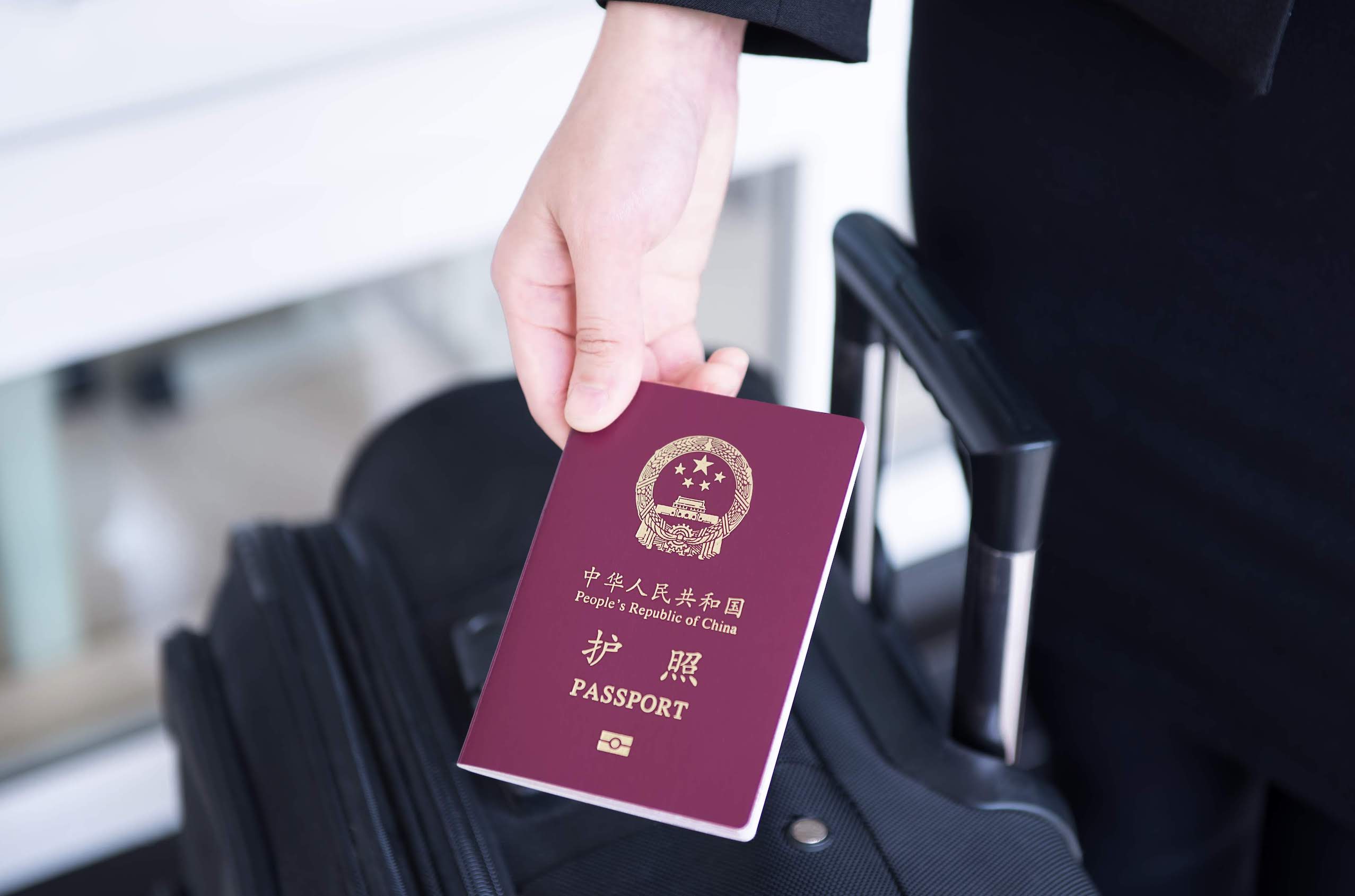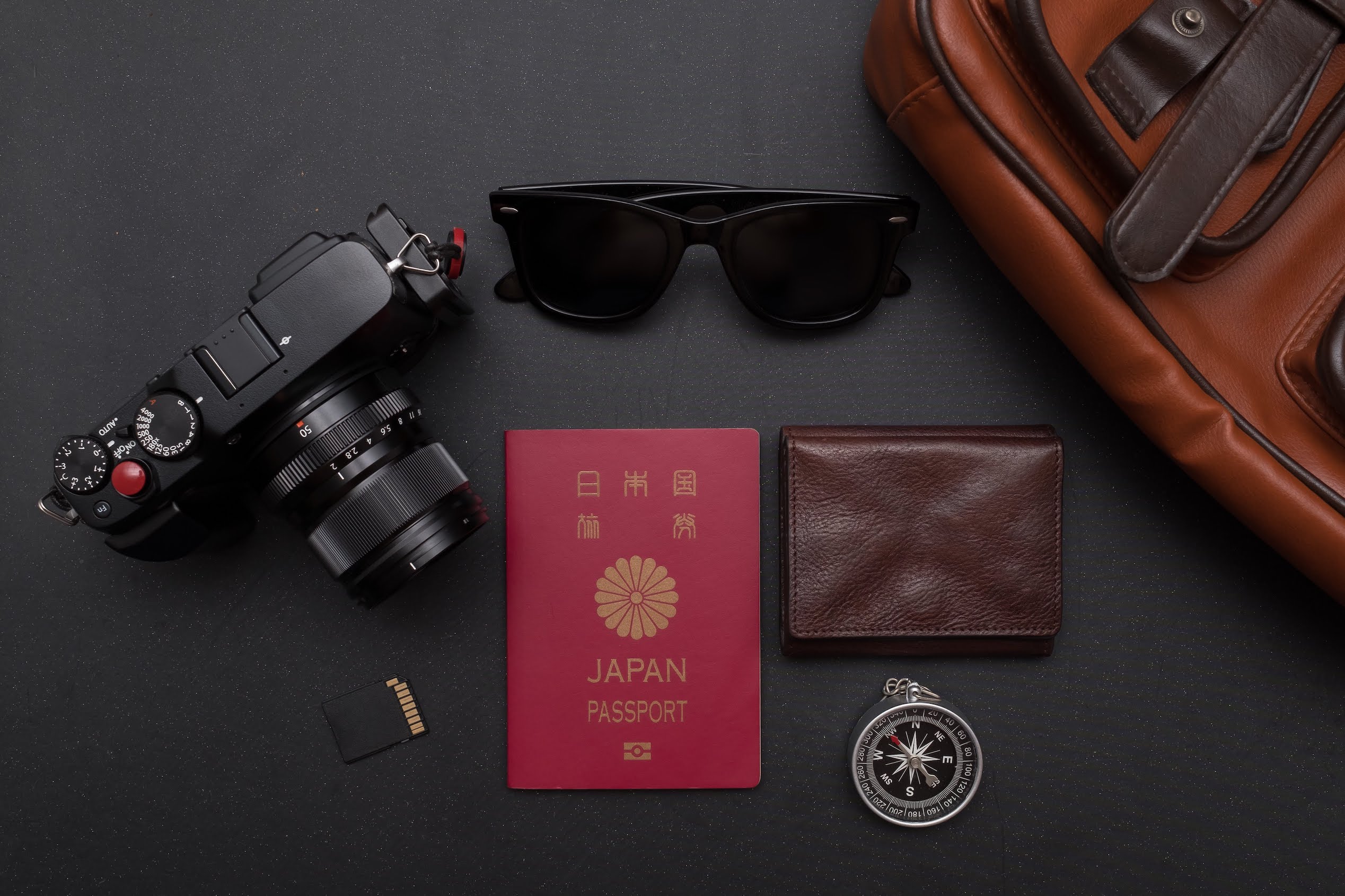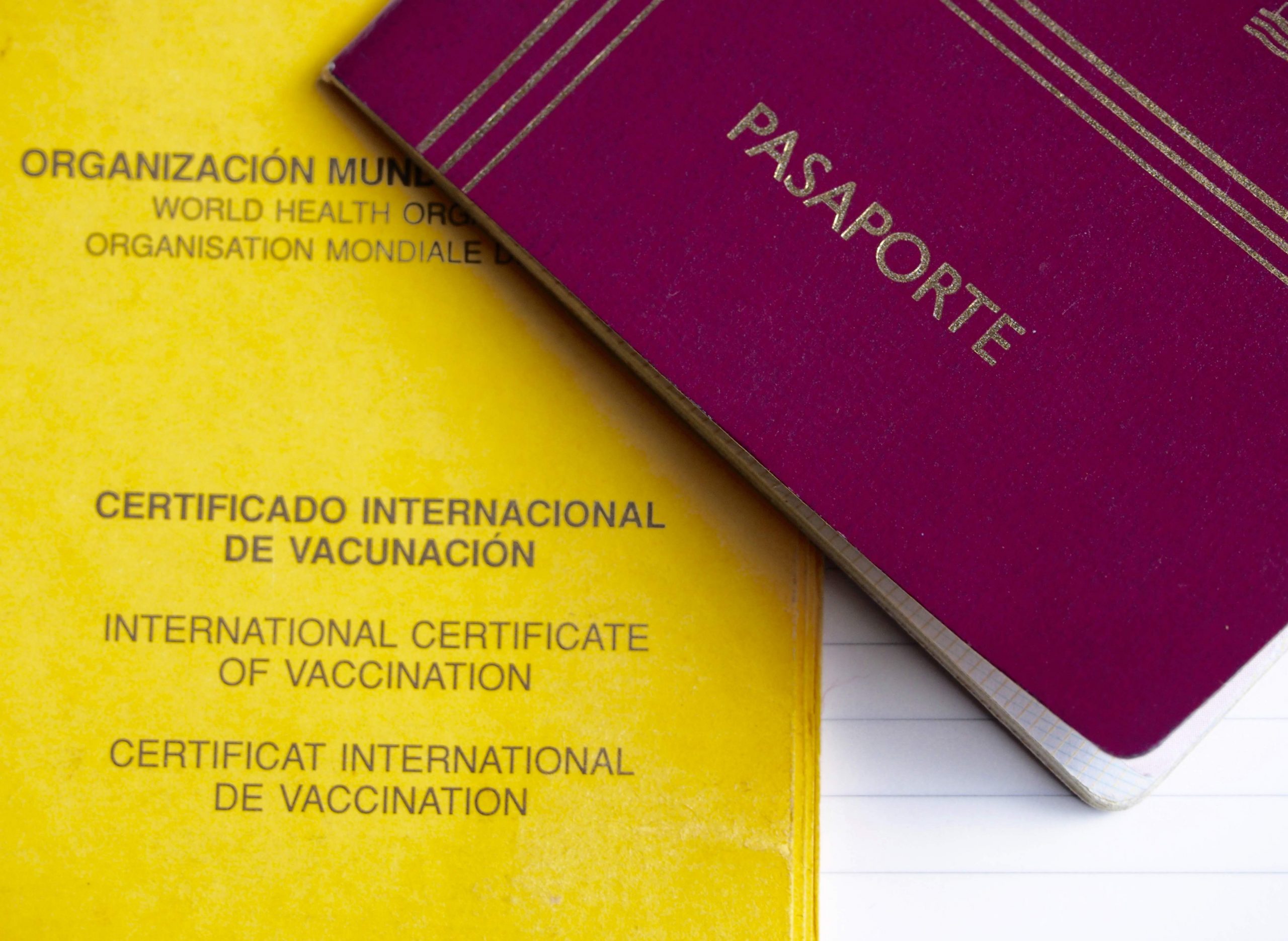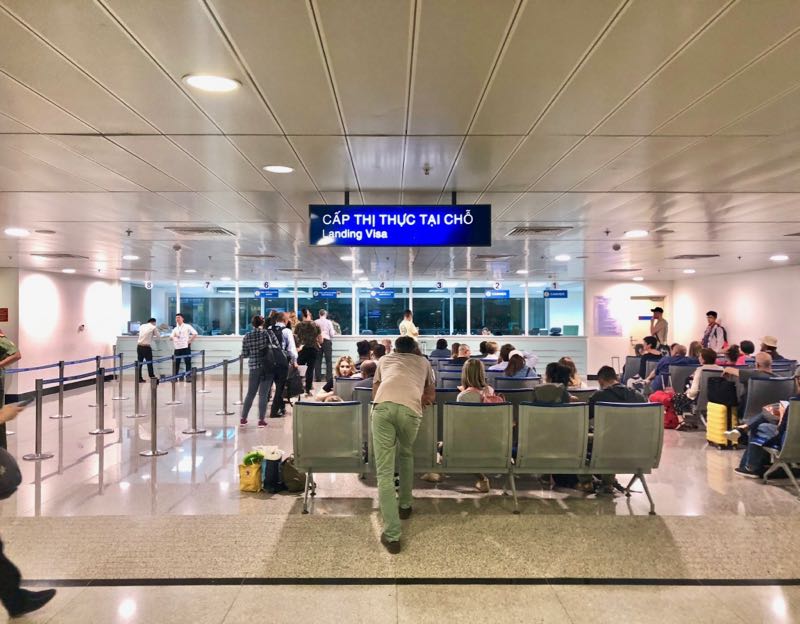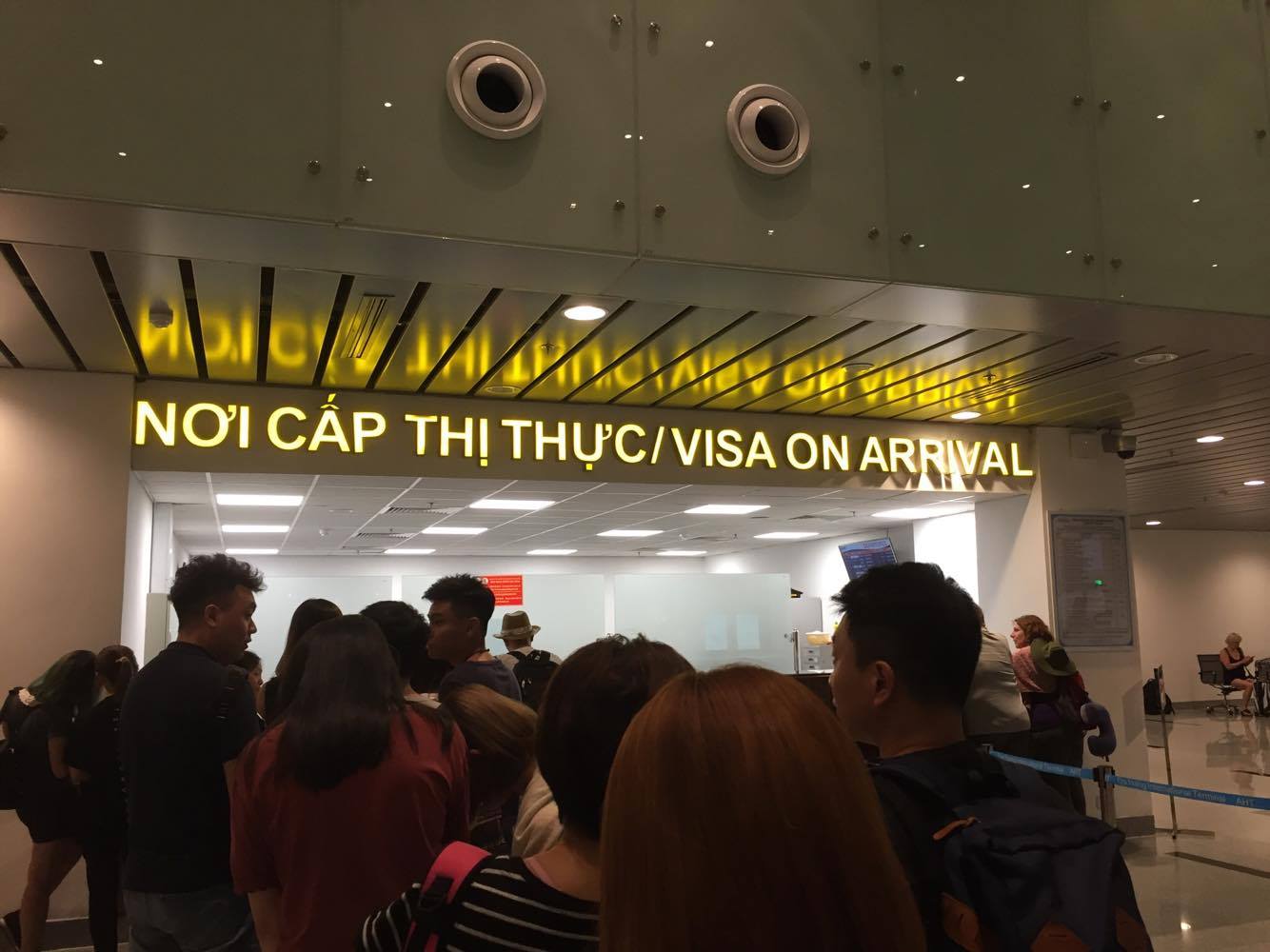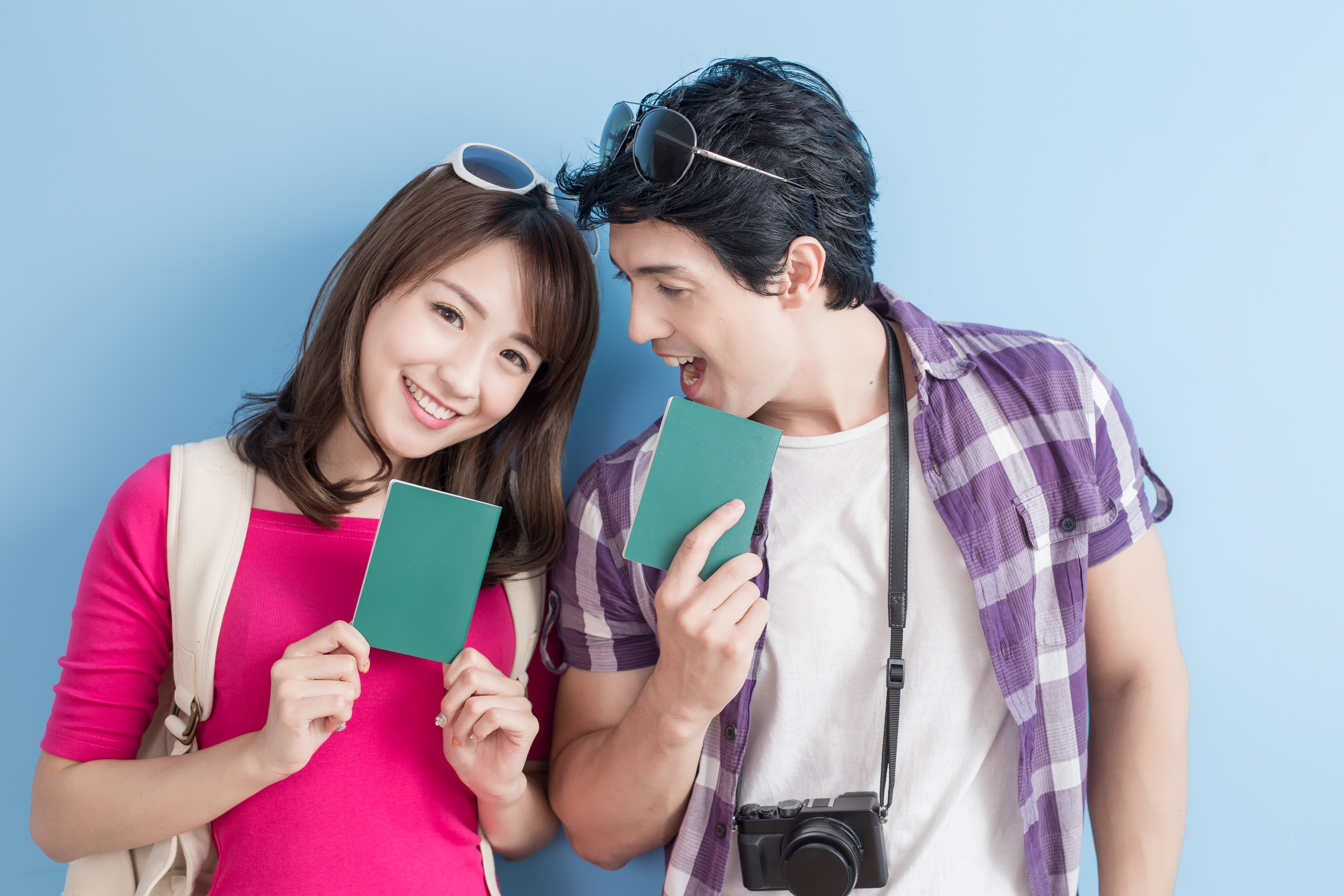Vietnam e-visa
Visa On Arrival
Vietnam E-Visa vs. Visa on Arrival: Review
Vietnam is one of the most authentic and cheapest travel destinations nestled in Southeast Asia. Not many people know that citizens of most countries do require a visa to visit Vietnam. You need to have an approved visa before boarding the plane. There are quite a few questions you must ask yourself if you are planning to visit Vietnam anytime soon. What are the different types of Vietnam visas currently available for foreign visitors? What is the best pick for you? How to figure out which one to choose?
Vietnam Visa
The tourism industry in Vietnam has seen drastic growth in the past few years. The initiates towards improving domestic tourism have paid off well. These changes have subsequently made traveling to Vietnam easier for foreigners.
Currently, there are 2 ways to obtain a Vietnam visa for foreign travelers; Vietnam e-visa and Visa on arrival. To obtain either one of the visas, an individual must have a valid passport for at least 6 months. Both e-visa and Visa on arrival are convenient to get. However, each of these has its advantages and disadvantages. Walk yourself through the options below to discover what’s best for you.
Besides, travelers can also opt for Vietnam visa-free. However, this option is banned for most of the countries. For Vietnam visa requirement, please click here.
Vietnam E-Visa: Pros & Cons
Above all stands the e-visa since it is considered as one of the most suitable options for foreign travelers. Any traveler can complete the visa form with all the travel and personal details online. All you need to complete the Vietnam e-visa application is an internet connection and a mobile/tablet or computer.
Completing your e-visa form online also exempts you from paying stamp fee on arrival at the Vietnam airport. Applying online also saves your time as the e-visa is processed within three business days.
The approved e-visa comes with a 30 days validity. Traveler can travel within the country and use the e-visa to enter through 33 different airports. Please see List of Ports that allowed foreigners enter and exit Vietnam by E-visa.
On the contrary, there are many drawbacks of e-visa. Vietnam e-visa allows single entry only as Vietnam e-visas are non-extendable.
The eligibility to apply for Vietnam e-visa is limited to 81 countries only (List Of Countries That Allowed For Vietnam E-Visa). And in case the application is denied, the traveler doesn’t get a refund.
All You Need to Know Before Applying for Vietnam E-Visa
Things you’ll require:
- 4*6cm digital passport size photo. Photo Guide.
- Clear digital scan of the passport photo page.
- Credit card to process the e-visa fee.
– The visa application form consists of 28 valid reasons for entry, among which you must choose your reason for entry.
– You will have to fill an appropriate address where you will be residing once you reach Vietnam. It can either be your hotel or hostel address.
– Your passport expiry date must be at least six months away from your boarding date. It must also contain two blank pages.
– You need to have a print copy of your e-visa when you arrive at the airport for boarding.
– Once you reach Vietnam airport, you can directly go to the passport control to get entry into Vietnam.
Vietnam Visa on Arrival: Pros & Cons
Visa on arrival is the traditional method of obtaining a visa. It also has some considerable advantages. Visa on arrival is exclusively available for all the travelers that arrive by air.
When travelers opt for visa on arrival, they have multiple options to pick the duration of stay. They can choose between 30-90 days of stay. American citizens can exceptionally apply for a one year stay upon arriving in Vietnam. On-arrival visas are extendable.
Likewise, there are certain drawbacks of on arrival visas. Firstly, on arrival visa includes various paper works. Visa on arrival can only be availed at 7 of the Vietnam airports. It is comparatively expensive to obtain an on-arrival visa. The visa fee is mostly unclear as various sites offer visa at different prices.
All You Need to Know Before Applying for Vietnam Visa on Arrival
You will require the same things even for visa on arrival as well, 4*6cm digital passport size photo, a clear digital scan of the passport photo page, and a credit card to process the visa fee.
– Unlike e-visa, you must carry an approval letter along with two passport size photos, which you’ll have to submit to the immigration officers on arrival before standing in the regular immigration line.
– Travelers must pay stamping fee also, apart from the visa fee. The must be paid in cash particularly.
– However, to obtain a visa-on-arrival, you must still fill an online form to request for the visa approval letter first.
Review – Vietnam E-Visa vs. Visa on Arrival
| Particulars |
E-Visa |
Visa-On-Arrival |
| Year of Introduction |
February 2017 |
2007 |
| Eligibility |
Limited to 80 countries only |
150+ countries can avail it when they travel from the air. |
| Validity of Visa |
Single entry |
Multiple entries – 1/3 months or one year (for US citizens) |
| Visa Issued by |
Immigration Department od Vietnam |
Immigration Department of Vietnam |
| Ideal for |
Tourism |
Business/Tourism/Family/Relatives |
| Visa Fee |
25 USD |
Approval letter + Stamping fee (25 USD-single entry & 50 USD for multiple entry) |
| Processing time |
3-5 working days |
Two working days (2 hours in case of emergency) |
| Ports of entry |
33 ports across the country. List of Ports that allowed foreigners enter and exit Vietnam by E-visa. |
7 International airports in the following cities: ❶Ho Chi Minh, ❷Nha Trang, ❸Hai Phong, ❹Hanoi, ❺Da Lat, ❻Phu Quoc and ❼Da Nang. |
| Official website to apply |
https://evisa.xuatnhapcanh.gov.vn/trang-chu-ttdt |
None |
| How to apply for the Visa |
Apply online through the official website, later download the approved e-visa from the status page within three working days. |
Apply online to get the approval letter first. Once you receive the approval letter through e-mail, take the print out along with you to receive the Visa on arrival at the airport. |
Vietnam E-Visa vs. Visa on Arrival – What to Choose?
In any emergency, visa-on-arrival is the best option as it saves you time. Visa on arrival is processed within 2 hours, even on weekends.
In case your purpose of travel is not tourism, it is better to opt visa-on-arrival. It is ideal for a long-term stay. Wherein, e-visa complements tourism only.
E-Visa is ideal for people who hate standing in line and waiting at the airport. In case you are traveling by air and not by land you can opt e-visa. It is the best option available out there for foreign travelers.


